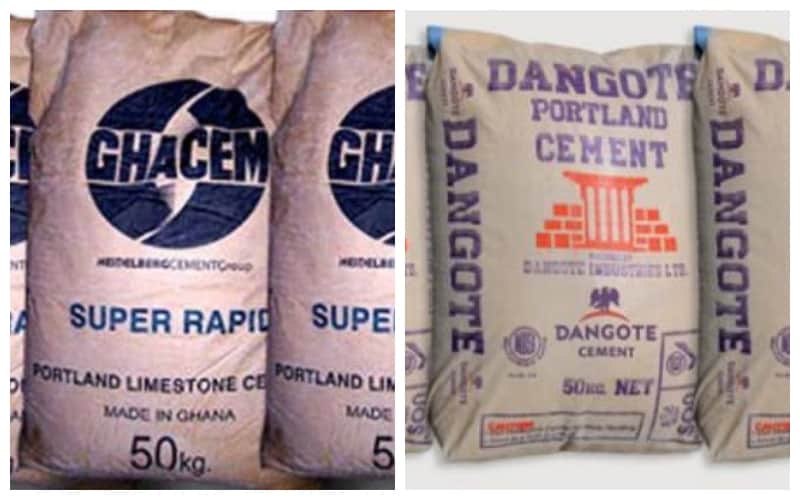Price comparison of cement from 2005 to 2023

Cement is an essential construction material for buildings and infrastructure projects across Ghana. Over the past two decades, cement prices in the country have fluctuated, impacting construction costs for Ghanaian homeowners, contractors and developers. Understanding the factors that influence cement pricing provides useful insight into managing construction budgets and planning for Ghana’s building needs. This article will examine the key drivers behind cement price trends in Ghana from 2005 to 2023.
Price comparison of cement from 2005 to 2023
Over the 18 years between 2005 and 2023, cement prices in Ghana have ranged between about 15 and 45 GHS per 50kg bag. Following a period of relatively low and stable pricing in the late 2000s, cement prices rose sharply from 2010 to 2014, peaking at around 45 GHS per bag.
Prices moderated between 2015 and 2018, averaging around 25-30 GHS per bag, before rising again in recent years and currently sit at 35-40 GHS per 50kg bag as of 2023. While prices have varied over the decades, cement remains a considerable construction expense for Ghanaians undertaking building projects.
Factors affecting the price of cement from 2005 to 2023
Energy Costs
As a highly energy-intensive product, cement pricing is significantly impacted by energy costs, especially the price of oil and coal. Spikes in global oil prices directly feed into higher production costs for cement manufacturers.
Raw Material Availability
Cement production relies on the availability of limestone deposits and additives like laterite and gypsum. Reduced local access to essential raw materials can disrupt supply and lead to higher cement prices.
Market Competition
The level of competition between cement producers and imported cement affects pricing power. Consolidation among local manufacturers has tended to raise prices while cement imports have exerted downward pressure.
Transportation Costs
Inland transportation costs are a key part of cement pricing. Cement is heavy and bulk transportation from manufacturing plants to distributors across Ghana is expensive. Fuel prices and road infrastructure conditions directly impact transportation costs.
Exchange Rates
Cement imports are priced in foreign currencies like US dollars. A depreciating cedi raises the cost of imports paid for in local currency terms. Most cement price surges have coincided with cedi depreciation against the dollar.
Demand Fluctuations
- Advertisement -
Construction activity and cement demand growth in Ghana has ebbed and flowed over the years. Periods of strong demand growth have led to higher prices while slower construction has moderated price increases.
Conclusion
The complex interplay of energy costs, raw material availability, market competition, transportation expenses, exchange rates and cement demand patterns in Ghana has led to the variability in local cement prices between 2005 and 2023. For Ghanaian families and businesses dependent on cement for construction, understanding these key factors provides helpful perspective on budgeting and anticipating material costs for building projects, both large and small. Going forward, affordable access to this essential commodity will remain central to development across the country.


